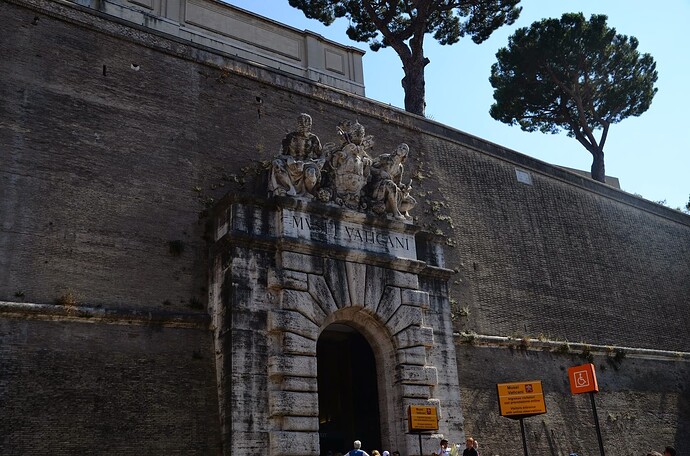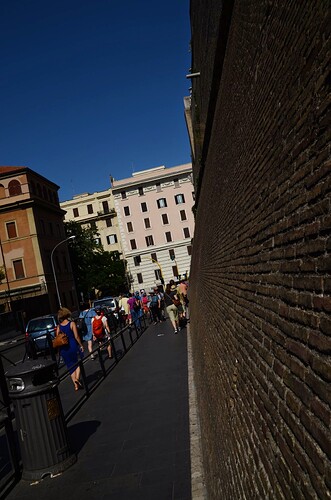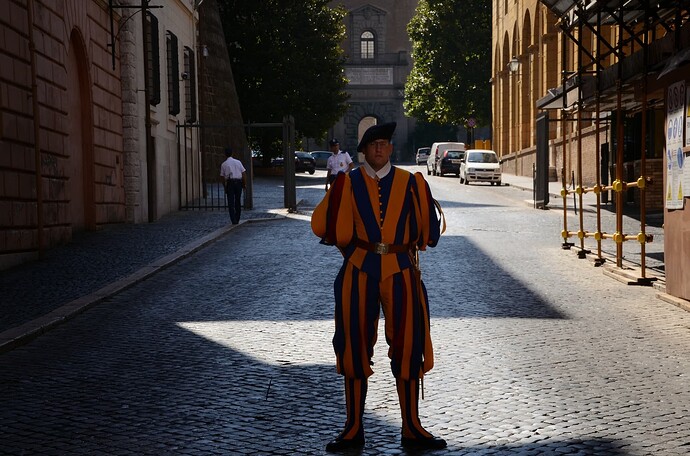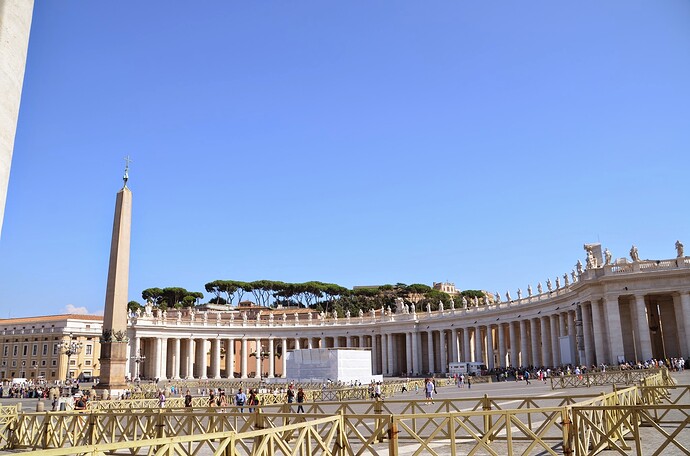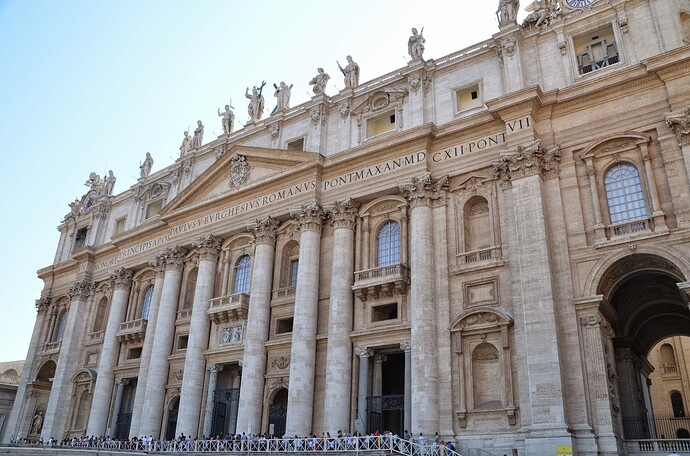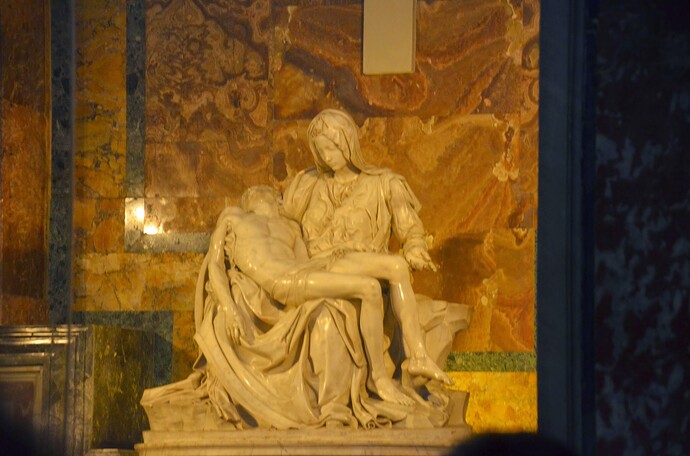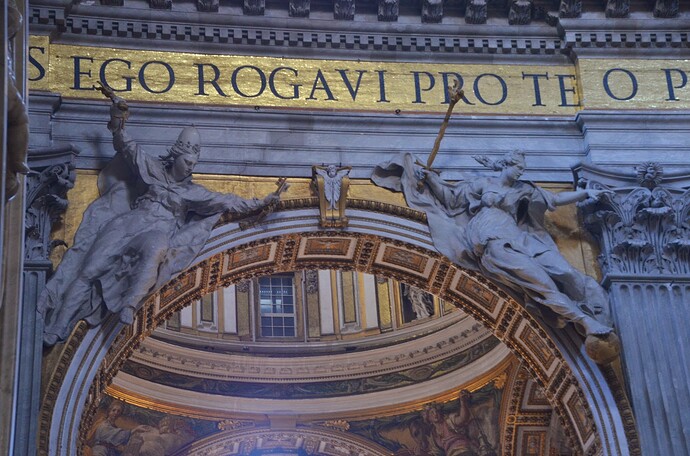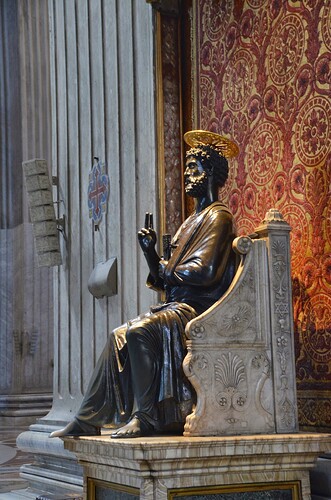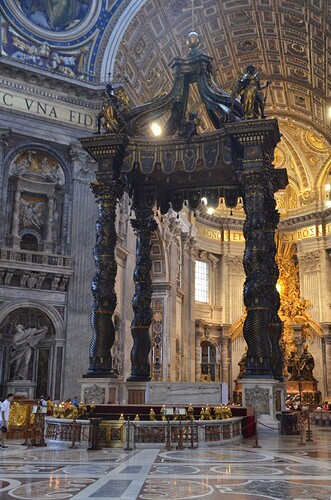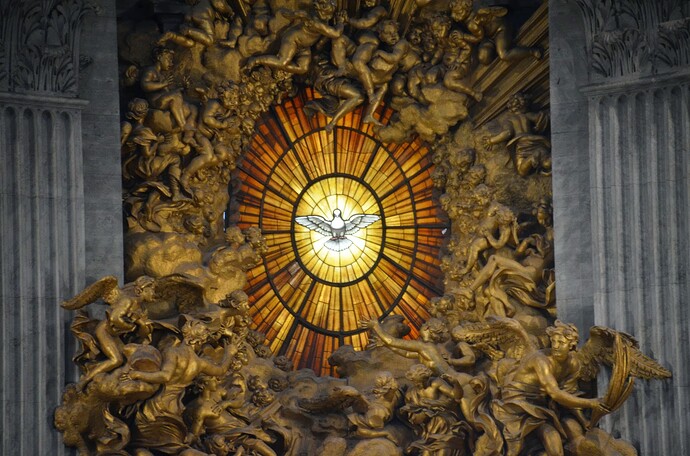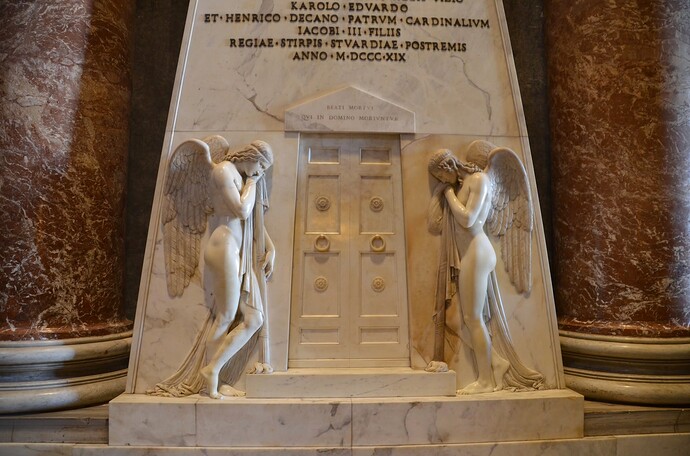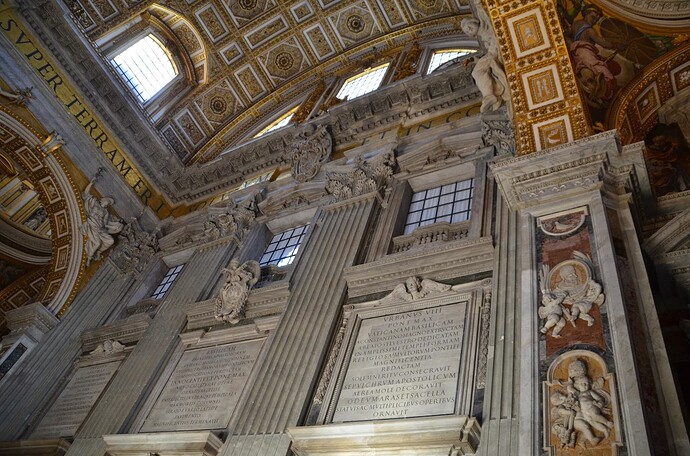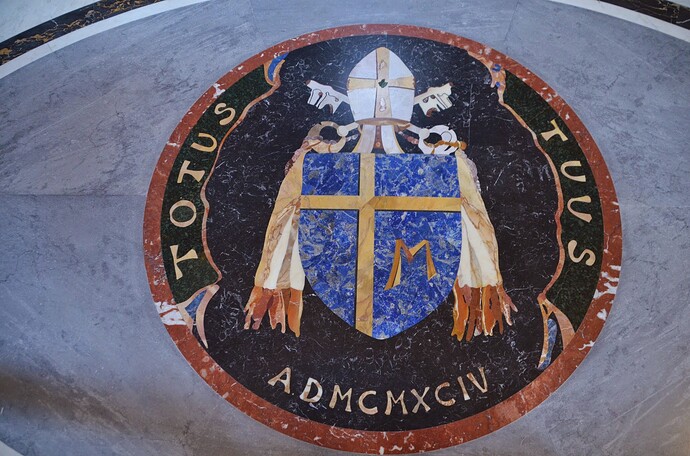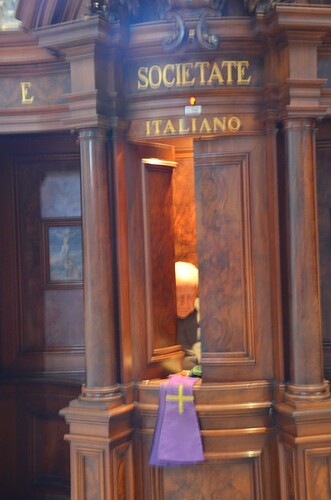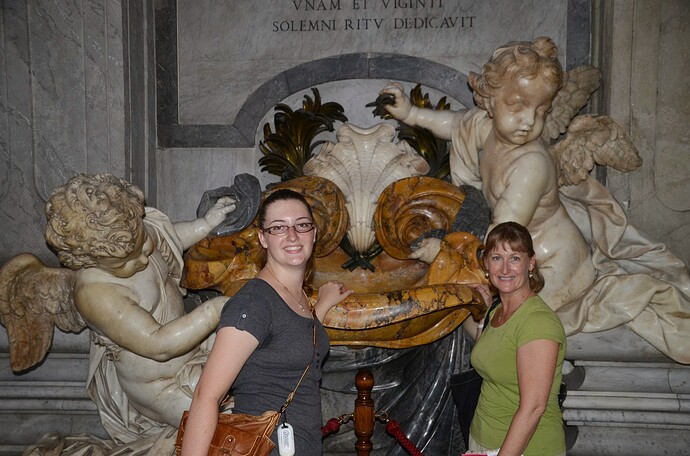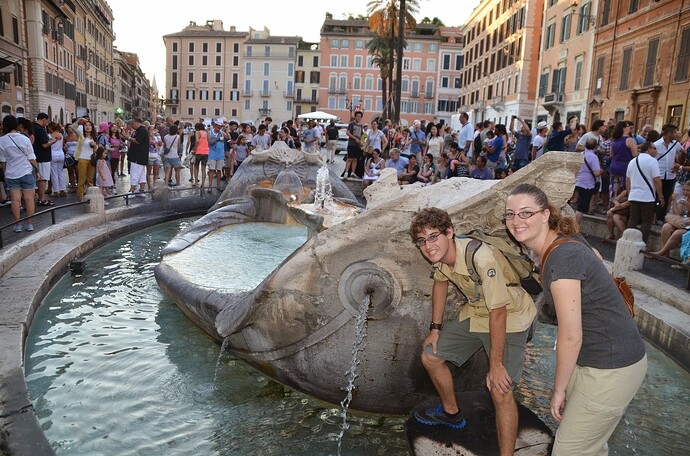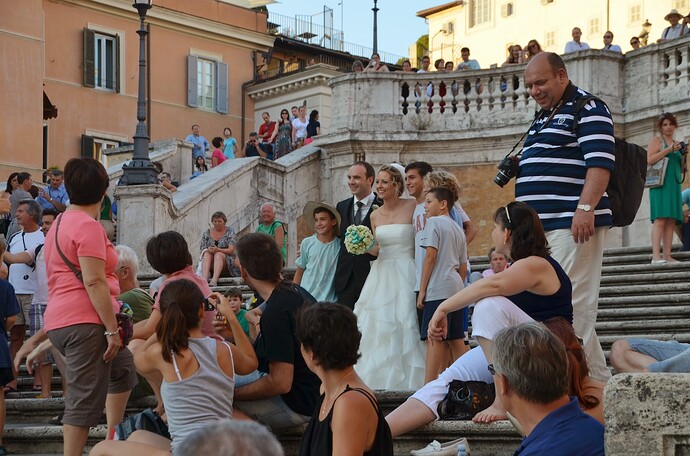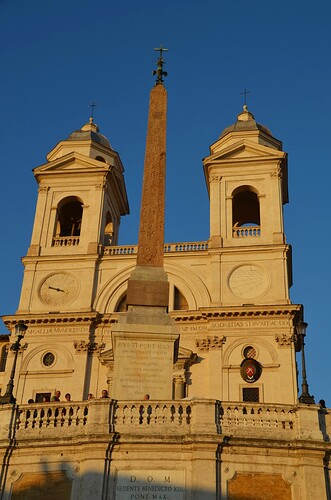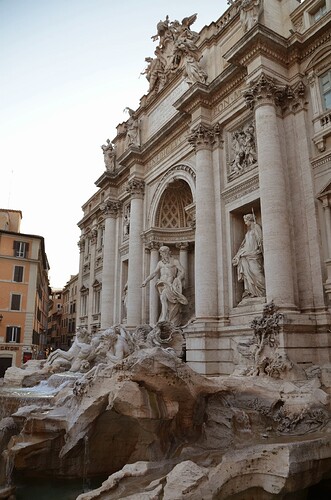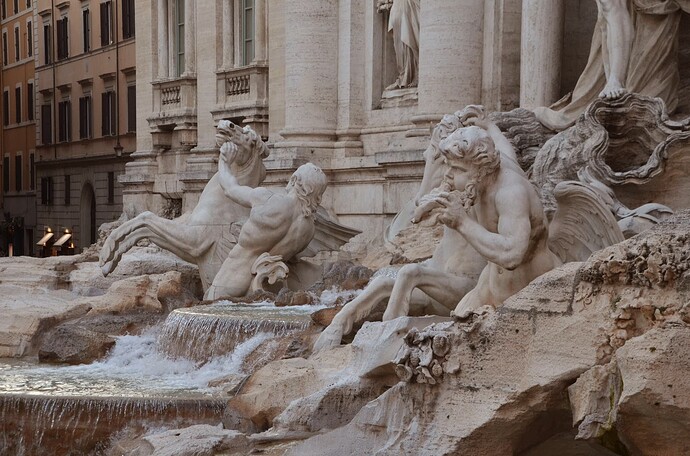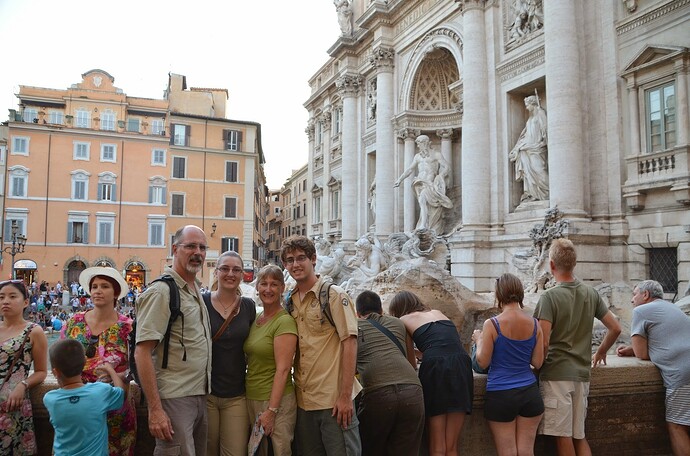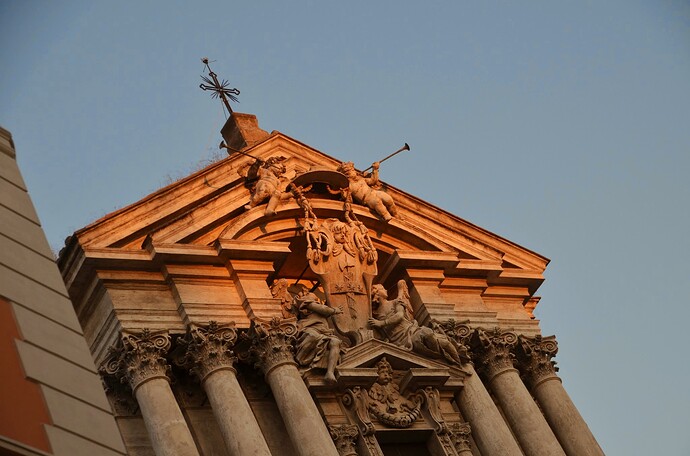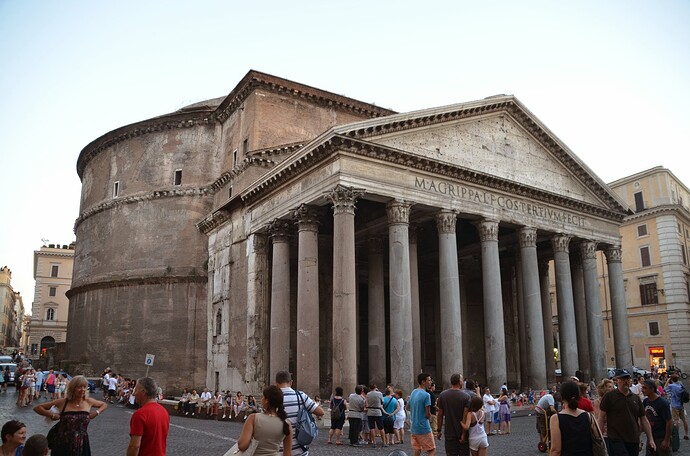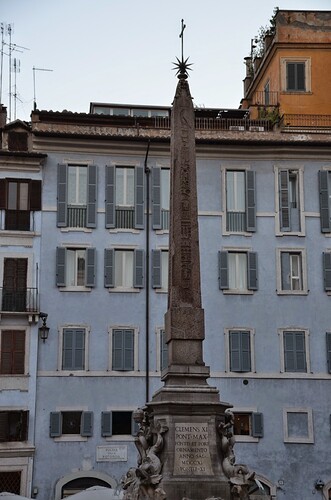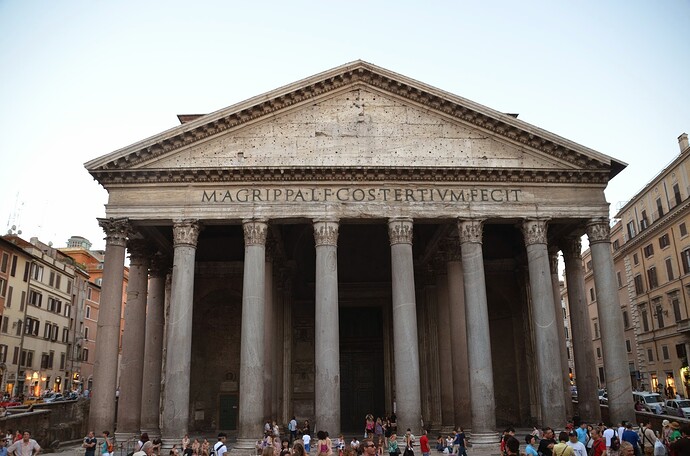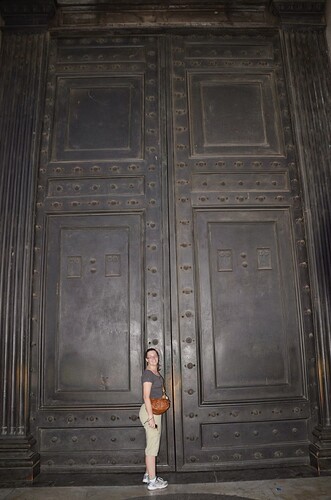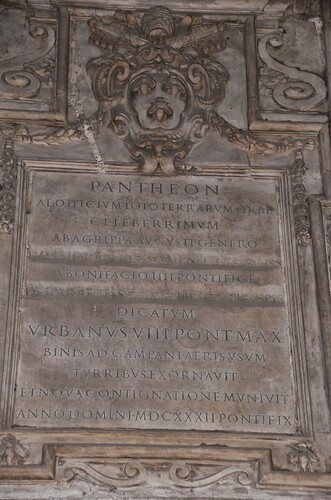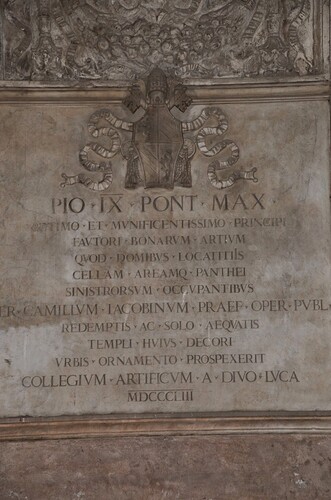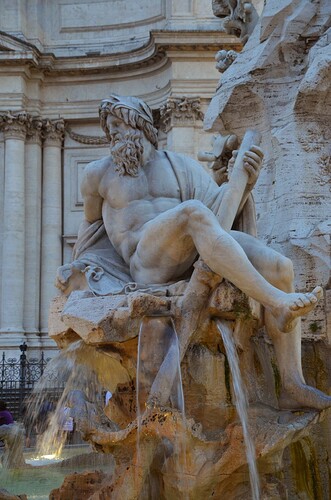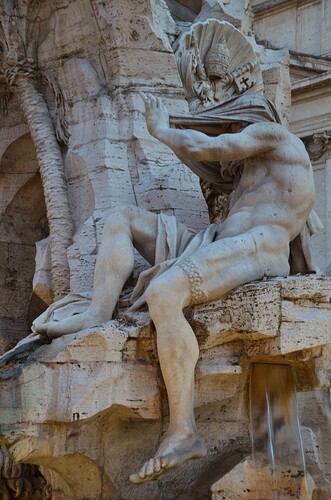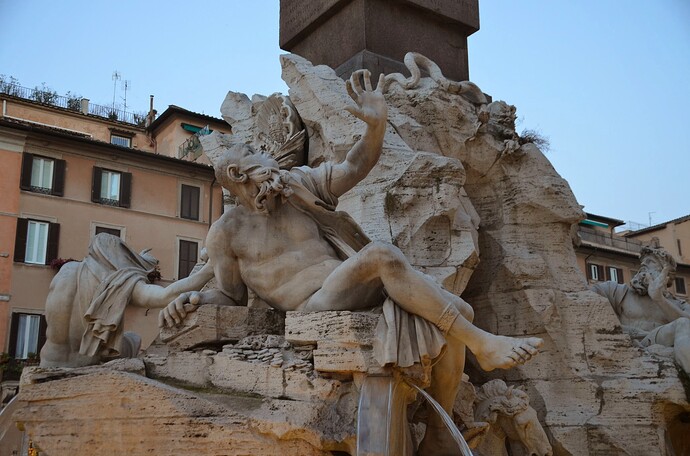While in Rome, we decided to visit a separate country…The Vatican City is an independent city-state enclaved within Rome and recognized internationally as a sovereign entity. There are 800 citizens, they pay no taxes, there are no children, no births, no divorce, no hospitals and you can transact an ATM in Latin.
Vatican City
Going to St. Peter’s Basilica in Vatican City is a big deal. We started at the piazza and entered the main Basilica where an Italian mass was taking place in part of the church. Tourists filled the rest of the space and queued up to see the Pieta which is the marble statue of the mourning Virgin Mary holding the crucified Jesus on her lap. It was carved by Michael Angelo from a single block of white Carrera marble (the purest white that can be mined).
The line to get into the Vatican Museum took some time outside the massive walls of that city/state. But the wait was worth the more than 11 miles of art. It felt like going to Louvre again! It was full of beautiful and frequently recognizable pieces that. I would say, wait! I know this. It’s HERE? Knowing about the long line from previous trips, we may have gone there first and then the basilica second, I honestly don’t remember. Both things together certainly filled the belly of our day.
It’s important to remember that St. Peter’s Basilica is a working house of worship. It’s so big that it is rare for even a mass to take over the whole space. I think there was an Italian mass underway when we arrived and I slipped into a pew for the remainder of the service. We were sure to have dressed modestly for the occasion and to speak softly while in the building. This was partly out of respect for the praying people and partly out of breathtaking awe.
The ability to read Roman Numerals comes in handy in this city. This one reads “1994” for Pope John Paul’s final resting place. Many Catholic popes bishops are buried here starting with the very first one, Saint Peter.
This bronze statue of St. Peter enthroned and with a gold halo has a foot that is extended. Over the years pilgrims touch, rub and kiss the statue in that spot causing it to polish and eventually wear down to a nub. It’s important to note that many depictions of the Saints are symbolic. You can tell which saint is being depicted by what items they are holding. St. Peter carries the keys to the kingdom and in this instance he is enthroned in recognition of his role as the first in a long chain of Popes.
The wooden window marked for the Italian language with the purple stole visible was staffed by a priest for an on-spot confession.
I have a similar picture of this Holy Water Fount from each of my trips. The first time I saw it the scale of those giant cherubs really impressed me. It was such a pleasure to share this experience with my only daughter.
About Vatican City Immigration
Immigration to Vatican City is essentially impossible for almost everyone. The city-state does not have a formal immigration policy because it is not designed to have long-term residents who are not directly associated with the Church. The Vatican’s citizenship is primarily based not on birth but on holding a certain office or position.
There are three types of citizenship:
- Cardinals residing in Vatican City or in Rome.
- Diplomats of the Holy See.
- Persons who reside in Vatican City because of their office or service.
Once the reason for the citizenship (like employment) ceases, the citizenship also ceases.
So, unless you’re a high-ranking Church official, a member of the Swiss Guard, or a very necessary worker (like a gardener), you can’t really “immigrate” to Vatican City.
Spanish Steps
The Spanish Steps in Rome get their name from the Piazza di Spagna, or “Spanish Square,” at their base. The square is named after the Spanish Embassy to the Holy See, which has been located there since the 17th century. The monumental stairway of 135 steps was built later in the 18th century and has since been a popular tourist attraction and iconic landmark in Rome.
We put a coin into Trevi Fountain to return someday. Bride and Grooms everywhere.
Angels Church of Saints
The Pantheon
- Ancient Temple: The Pantheon was originally built as a temple for all the Roman gods. The name “Pantheon” comes from the Greek words “pan” (all) and “theos” (gods).
- Two Builds: The original Pantheon was built in 27-25 BC by Marcus Agrippa, but it was destroyed in a fire. The Pantheon we see today was built by Emperor Hadrian in around 120 AD.
- Oculus: The dome has a central opening or “oculus” that is the only source of natural light in the building. The oculus also creates a beautiful light effect inside the Pantheon.
- Rain Drainage: When it rains, water enters through the oculus, but the floor is slightly convex and drains the water if it ever manages to hit the floor.
- Christian Church: In 609 AD, the Pantheon was converted into a Christian church, which is one of the main reasons why it’s so well preserved.
- Royal Tombs: The Pantheon is the final resting place of several Italian kings and the famous artist Raphael.
- Perfect Proportions: The height to the oculus and the diameter of the interior circle are the same (43.3 meters or 142 feet), meaning a perfect sphere could fit inside the building.
- Free Entry: Unlike many historical sites in Rome, the Pantheon is free to enter.
Piazza Navona and Fiumi Fountain
The Piazza Navona is one of my favorites. Carved by Bernini - not Michael Angelo for once- is beautiful and iconic. Apparently, the sunset show in this plaza is reminiscent of Mallory Square in Key West. If it has always been so, I was unaware of the entertainment from my previous trips. Knowing Grandma Frances, she likely directed us there earlier in the day.
It was a BIG day of sensory overload, and to help take it all in there is Italian food & wine, and a good night’s sleep. Tomorrow, like others before us, we conquer the Roman Forum and Colleseum!


